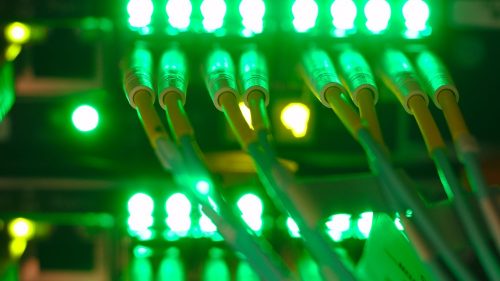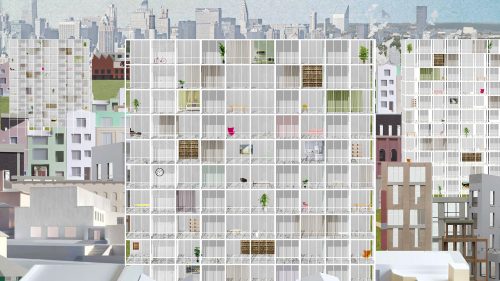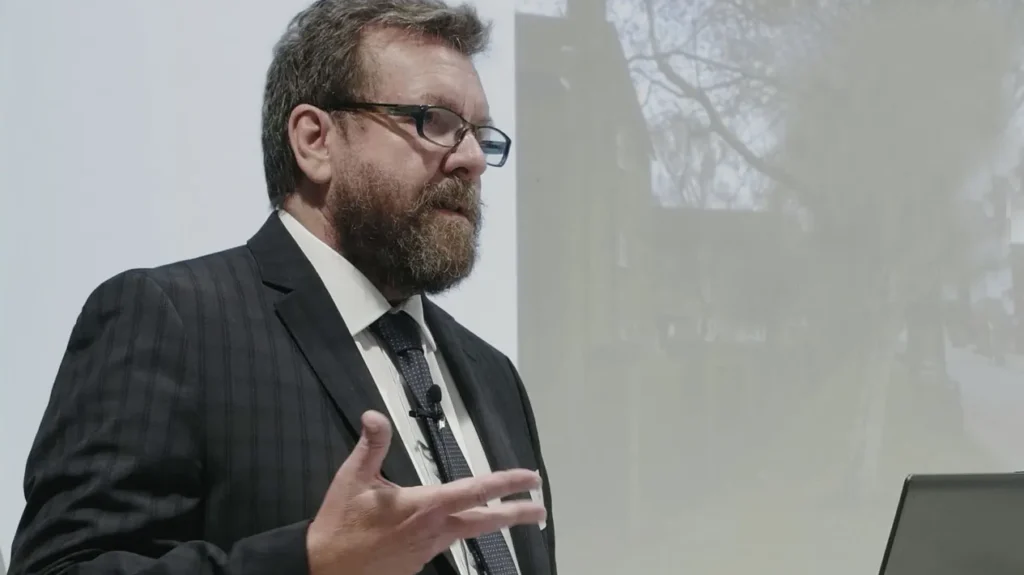The best definition of intelligence that I’ve ever found is “goal-directed adaptive behaviour”, by Steinberg & Salter (1982). Without an objective – a goal – it’s impossible to compare the success of one intelligent system over another. Naturally, the system has to have the ability to move – or behave – towards a goal. The critical element that distinguishes the intelligence of one system over another is its ability to adapt. If a system can adapt its physical body and mental model faster and better than another system with the same goal, then I would argue that it is more intelligent.
Through the process of evolution biological life has developed physical and mental plasticities that allows it to adapt to the environment, such as the ability to regulate temperature, to learn from mistakes, and to change pigment as camouflage. Bodies enable us to interact with the environment in complex ways, such as to forage for food, seek suitable mates, and fend off predators.
Some biological life have developed the ability to not just adapt itself to the physical environment but to adapt the physical environment to itself, such as building nests, cultivating food and setting traps. Some species collaborate to form complex societies and even cooperate with other species to form ecosystems to increase their robustness and resilience. Others have even developed tools and technologies, which have extended their physical reach in a bid to adapt the environment to better suite their needs.
We’ve learnt to master fire and electricity to heat our homes and communicate over incredible distances. As such it could be argued that humans are the most adaptable species on this planet. We can’t fly or survive underwater, but we can adapt our environment and build technologies that enable us to survive in even the harshest of places. Perhaps there are more resilient and robust species – ones that could survive unpredictable changes in our environment such as an unexpected volcanic eruptions that would make our atmosphere uninhabitable by humans – but there are arguably none as creatively agile as us.
For millions of years biological life has been intelligently adapting its environment to enable it to thrive. However, since the start of this century our species has established a new paradigm; we’ve begun building environments that intelligently adapt to us. Artificial Intelligence (AI) refers to adaptive goal-directed technologies, and AI is starting to be used to automatically control the temperature in our homes, recommend what products we should buy, and advise us about what to eat to live longer, healthier and happier lives.
Like biological senses AI consumes data from a myriad of devices. Whether we carry these devices around – like our phones – or they are embedded in the walls and objects we interact with, we’re seeing an explosion of sensory data that is being mined for insights. This technology is often called the Internet of Things (IoT), and it’s becoming the eyes and ears of AI.
If Moore’s Law continues – where compute doubles in speed every 18 months – then over the coming decades these devices will become exponentially smaller, perhaps small enough to run through our veins and gather detailed data about our physiology. This data will surface insights that will enable our environment to intelligently interact with us in ways we can’t yet imagine, and some people believe that it will even allow us to cheat death.
Aside from predicting when to make us coffee or when our autonomous car should pick us up from the office, our environments will learn to make our lives more comfortable by collaborating and interacting intelligently with itself. 400 million years ago the formation of the earliest eyes caused the Cambrian explosion of diverse biological life. In perhaps the same way I would imagine that we will see an explosion of technology, stemming from the convergence of an abundance of sensory data with the ability for our environments to reconfigure and perhaps construct themselves without human intervention or guidance – environments building environments.
The intelligent environments we are building form the fabric of our physical and digital interactions. With virtual and augmented reality on the horizon we might see people living more and more in virtual worlds; worlds that allow us to suspend all of physics and reality. Perhaps we can’t yet imagine how magnificent and absorbing those worlds will look and evolve. We don’t know how it will change the way we interact with the physical and virtual objects, AI agents and each other. Nor do we know what impact these adapting environments and intelligent worlds will have on our physiological development, emotional intelligence and social attachments.
For millennia philosophers have been debating about how society should be structured and what it means to live a ‘good’ life. As our environments start to intelligently interacting with us we’re giving them the power to create and destroy. We have to embed ethical behaviours into these systems, which makes it an extremely exciting time for humanity, because we now have to agree on what those ethical behaviours should be…








